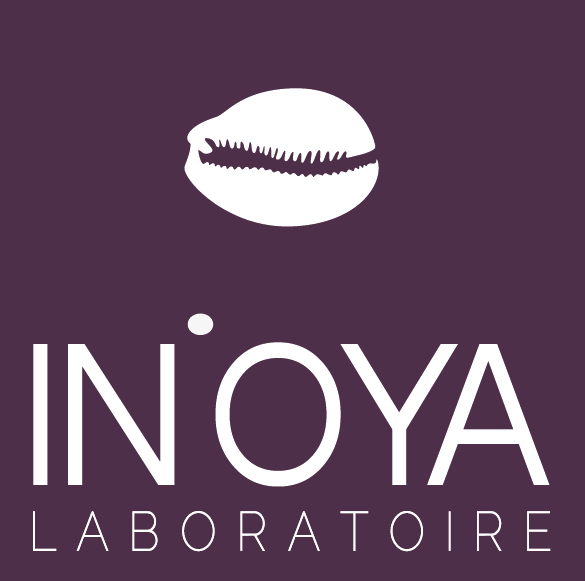Understanding Types of Albinism and Their Dermatological Implications
Albinism: One Term for Multiple Realities
What are the different types of albinism and how do they affect the skin, hair, or eyes? This question is often raised by affected individuals or healthcare professionals.
Far from being a simple lack of pigmentation, albinism encompasses several genetic anomalies that disrupt the production of melanin – the skin's protective pigment. Depending on the type of albinism, skincare needs can vary significantly.
To offer a truly suitable dermocosmetic routine, it is essential to understand the differences between OCA1, OCA2, and HPS, and their specific dermatological impacts.
The Most Common Types of Albinism
OCA1 (Oculocutaneous Albinism Type 1)
- Affected gene: TYR (tyrosinase)
- Melanin: absent (OCA1A) or very low (OCA1B)
- Visible characteristics: White skin, white or very light blonde hair, light blue or grey eyes, frequent photophobia
- Skin impact: No natural photoprotection, high risk of sunburns, burns, precancerous lesions
OCA2
- Affected gene: OCA2
- Prevalence: more common in Sub-Saharan Africa
- Visible characteristics: Light to ivory skin, sometimes with slight tanning, copper blonde hair, hazel or grey eyes
- Skin impact: Partial pigmentation = still high sun risk, possible localized pigmented spots
HPS (Hermansky-Pudlak Syndrome)
- Affected genes: various, depending on subtype
- Visible characteristics: Similar to OCA, with pigmentation variability
- Medical specificity: Associated disorders: bleeding, pulmonary fibrosis, colitis, immunodeficiency
- Dermatological implications: integrated into a global care approach
Why Do Some Albinos Have Pigmented Spots?
In individuals with OCA2 or moderate forms of OCA1, partial melanin production is possible. This can lead to:
- Localized pigmented spots (often due to sun exposure),
- Irregular tanning areas,
- Pigment mosaicism on certain parts of the body.
Note: these spots are not comparable to normal tanning. They indicate an uneven reaction to oxidative stress and sun exposure and should be monitored by a dermatologist.
Skin Impacts and Recommended Care by Albinism Type
| Type of Albinism | Melanin Level | Main Skin Risks | Recommended Care |
|---|---|---|---|
| OCA1A | None | Burns, keratoses, cancers | SPF 50+, moisturizing cream |
| OCA1B | Very low | Redness, dryness, sunburns | Gentle cleanser, soothing cream |
| OCA2 | Partial | Pigmented spots, dehydration | Antioxidants, unifying care |
| HPS | Variable + comorbidities | Skin fragility, infection risk | Minimalist routine + medical follow-up |
Which Dermatological Actives for These Skins?
Albino skin requires a targeted and ultra-gentle routine, free from alcohol, fragrance, and irritants. Look for:
- Physiological pH cleanser (e.g., zinc, allantoin, plant-based base)
- Non-occlusive moisturizing cream (e.g., hyaluronic acid, glycerin)
- Photostable SPF 50+, invisible, non-comedogenic
- Sun supplement rich in antioxidants (vitamins C/E, SOD, copper, selenium)
Frequently Asked Questions
What is OCA1 in albinism?
OCA1 is a form of albinism caused by an absence of tyrosinase activity, which prevents any melanin production. The skin is completely devoid of pigmentation.
What is the difference between OCA1 and OCA2?
OCA1 is linked to a total absence of melanin, while OCA2 allows partial pigmentation. OCA2 is more common in Africa and may present pigmented spots.
Can you tan if you are albino?
No, except in partial OCA2 cases. Even then, the skin remains extremely vulnerable. Sun protection is essential.
Are spots on albino skin normal?
They can appear in certain types like OCA2, but should always be monitored. They are often responses to sun exposure or inflammation.
Summary
There are several types of albinism, each with distinct skin characteristics.
Albino skin is always more fragile, even with partial pigmentation.
A suitable dermocosmetic routine must consider tolerance, photoprotection, and cellular nutrition.
Still underrecognized, these skins deserve an expert, inclusive, and personalized approach.


